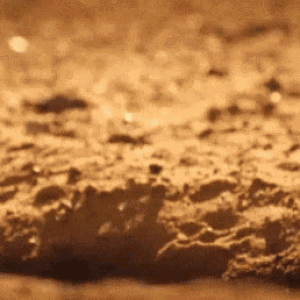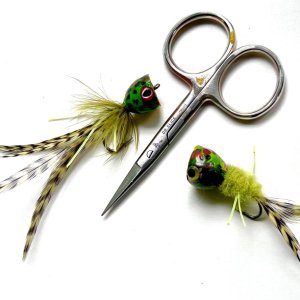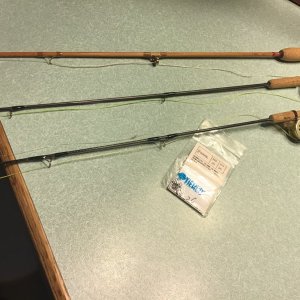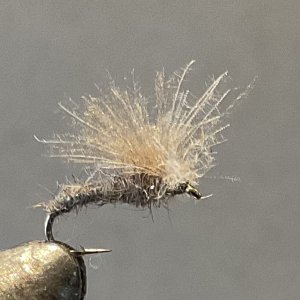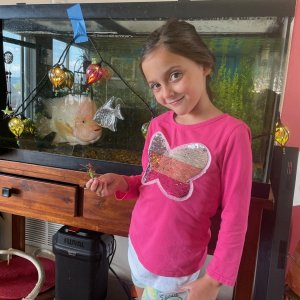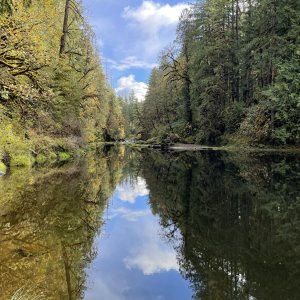I believe that the status of the North Fork Stillaguamish Chinook is much worst that what is commonly thought (if such a thing is possible).
A quick look at the coded wire tags (CWTs) shows that a significant portion of the hatchery origin (HORs) in the NF natural spawning population is from out of basin strays. It looks like as much as 40% of those HORs spawning in the NF are those out of basin strays (Skagit spring Chinook from the Marblemount hatchery were the largest contributor to those out of basin strays).
If the natural origin (NORs) in the region strays at anywhere the same rates as the HORs those NORs spawning in the NF Stillaguamish are likely being impacted by the Skagit Chinook population which is 25 times larger than the NF Stillaguamish NOR population. While it is unknown at what rate those natural produce stray if they were to stray at rates similar to that of the HORs as much as 50% of the NORs spawning in the NF could be Skagit produced fish. Remember that the Skagit and Stillaguamish basin share a common estuary. Salmo_g does that contribute to the similarity between the Skagit summer and NF chinook?
The question of whether the swamping of the natural spawning NF Chinook by out of basin strays is helping or hurting the viability of the population is another interesting rabbit hole to go down.
Curt
A quick look at the coded wire tags (CWTs) shows that a significant portion of the hatchery origin (HORs) in the NF natural spawning population is from out of basin strays. It looks like as much as 40% of those HORs spawning in the NF are those out of basin strays (Skagit spring Chinook from the Marblemount hatchery were the largest contributor to those out of basin strays).
If the natural origin (NORs) in the region strays at anywhere the same rates as the HORs those NORs spawning in the NF Stillaguamish are likely being impacted by the Skagit Chinook population which is 25 times larger than the NF Stillaguamish NOR population. While it is unknown at what rate those natural produce stray if they were to stray at rates similar to that of the HORs as much as 50% of the NORs spawning in the NF could be Skagit produced fish. Remember that the Skagit and Stillaguamish basin share a common estuary. Salmo_g does that contribute to the similarity between the Skagit summer and NF chinook?
The question of whether the swamping of the natural spawning NF Chinook by out of basin strays is helping or hurting the viability of the population is another interesting rabbit hole to go down.
Curt


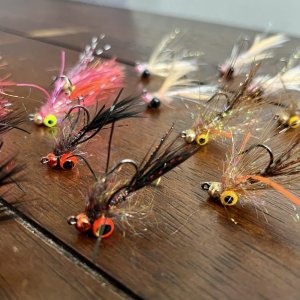
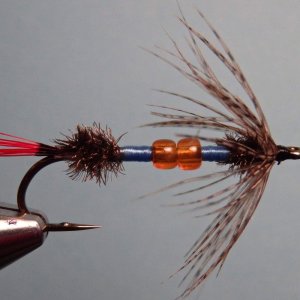
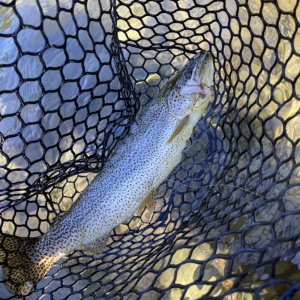
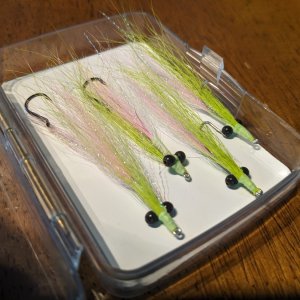
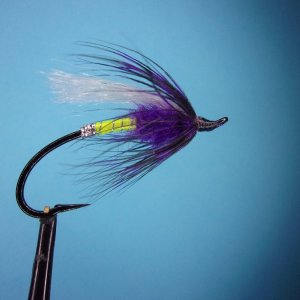
![20220905_045637[1].jpg](/forum/data/xfmg/thumbnail/7/7430-b0da7775ac53388809962c1d4bd4cbd7.jpg?1662379697)
